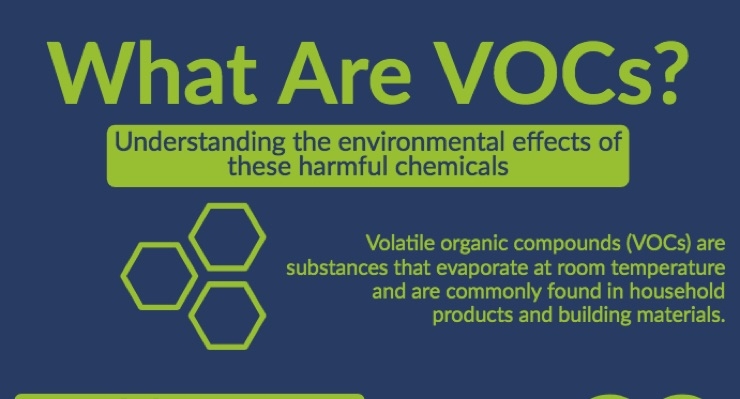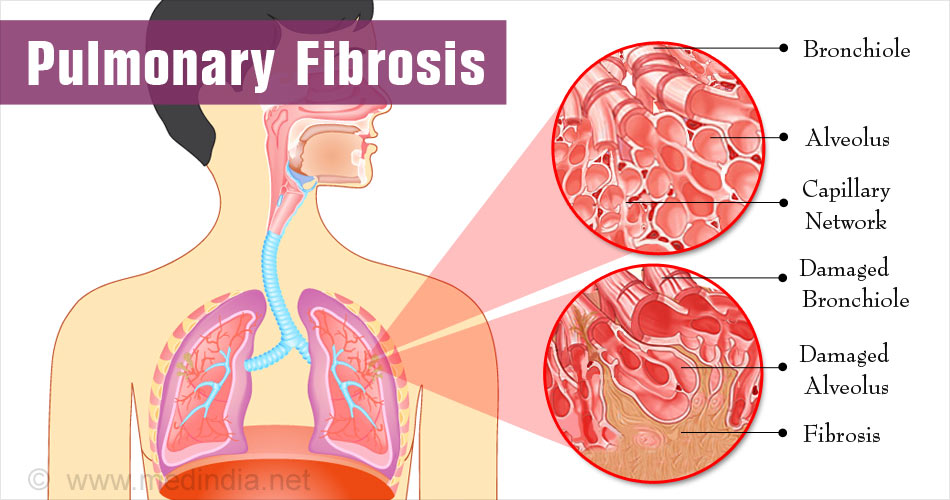
Processed foods use a myriad of techniques to enhance visual appeal, ease of consumption, aroma, texture, temperature, viscosity, and taste.1 In addition to the natural flavors found within foods that are processed, additional chemical flavorings (CFs) are added to enhance the taste and experience of said foods. However, such additional flavorings can carry risk both for the consumer and manufacturers that process such foods, warranting closer insight into chemical enhancers and processes behind the same.

Flavourings can be defined as substances that enhance the taste of food, which are composed of both natural and man-made substances often composed of a complex set of compounds2(324) Although thousands of CFs are heavily used in the food processing industry, research behind exposure of food manufacturers to such substances and possible health effects is largely unknown and unexplored.2(324) CF exposure can occur in for form of solids, liquids, gases, and vapors. One example of such a CF is diacetyl; a chemical which imparts a buttery flavor in popcorn.2(324)

Evidence has identified diacetyl as a volatile organic compound (VOC) and has been found in air samples from microwave popcorn plants in addition to flavoring manufacturing plants in the year 2000. Furthermore, such compounds can be found in both liquid form and powder form.2(324) Diacetyl was determined to be a VOC due to increased rates of bronchiolitis obliterans (BO) among 8 workers in a CF diacetyl plant that made butter flavoring.2(324) However, the presence of diacetyl is not restricted to the popcorn industry; said CF is also used to enhance the aroma in bakery products to include bread, as well as dairy and food snacks thereby increasing its ubiquity in the food system.2(324)

Since the adverse health effects of diacetyl were elucidated in 2000, attempts have been made to find alternatives to the original CF compound to include 2,3-hexanedione, 2,3-pentanedione, and 2,3-heptanedione.2(324)However, reports on the toxicity of 2,3-pentanedione indicate airway fibrosis in rat studies suggesting it potentiality as an aggravator in lung function. Furthermore, the Flavor and Extract Manufacturers Association listed 34 additional substances considered high priorities as compounds that may induce respiratory issues in CF processes.2(325) Ultimately, little research has been done in the area of CFs, yet the limited amount of research that has been completed, identified strong associations between said compounds and unfavorable health outcomes of CF workers.
In conclusion, natural flavors and additional CFs are added to processed foods as a means of enhancing the taste, experience, and overall enjoyment of said product. However, research, though limited, has suggested harmful effects of CFs amongst workers processing such foods. Most relevantly, further research is necessary to elucidate a deeper understanding of other CF products and potential health risks of food manufacturing plant workers.
References
1. Kessler DA. The End of Overeating: Taking Control of the Insatiable American Appetite. New York, NY: Rodale Inc.; 2009.
2. Curwin BD, Deddens JA, McKernan T. Flavoring exposure in food manufacturing. J Expo Sci Env Epid. 2015;25:234-333. doi:10.1038/jes.2014.52.
-Michael McIsaac
